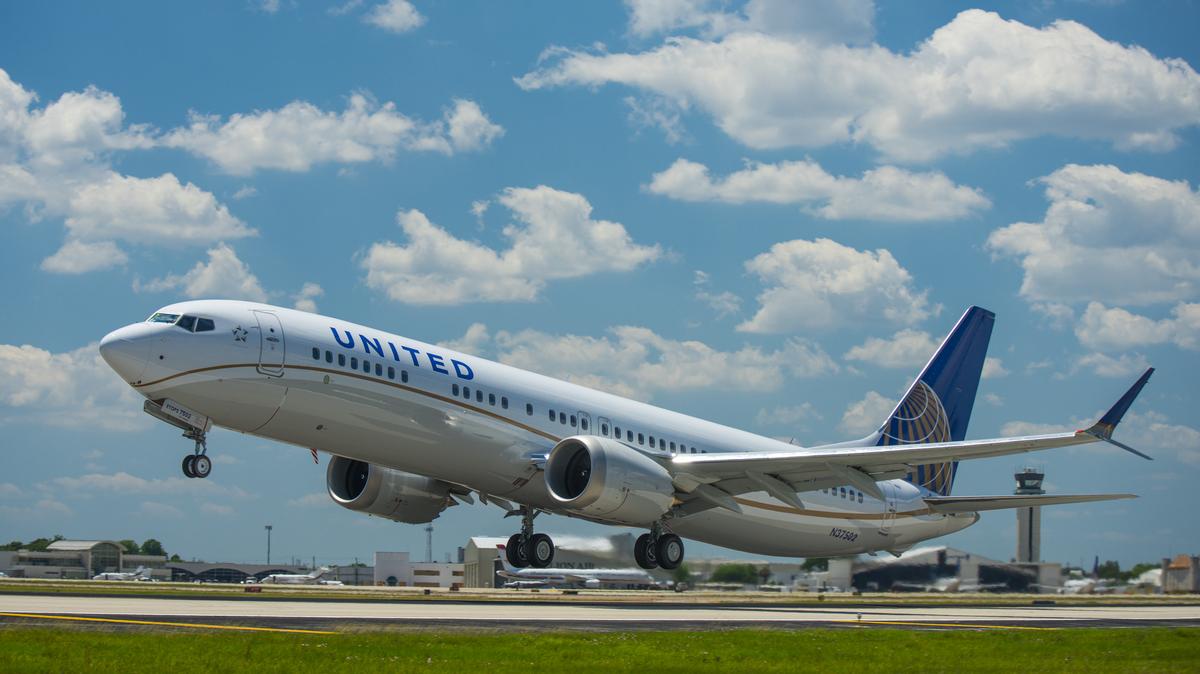
Ever wondered how airlines measure their financial health? Understanding airline financial performance metrics can seem complex, but it's crucial for grasping how these companies operate. Airlines rely on specific metrics to gauge profitability, efficiency, and overall success. These metrics include load factor, revenue per available seat mile (RASM), and cost per available seat mile (CASM). Each one offers unique insights into different aspects of an airline's performance. By breaking down these terms, you’ll gain a clearer picture of what keeps planes in the sky and businesses thriving. Ready to decode the numbers? Let's dive into the world of airline finances!
Key Takeaways:
- Airlines use financial performance metrics to understand demand, capacity, and profitability. These metrics help them manage costs, assess financial health, and improve customer satisfaction.
- Key metrics like RPMs, CASM, and NPS provide valuable insights into how well airlines are performing and how satisfied their customers are.
Understanding Airline Financial Performance Metrics
Airlines are complex businesses with many moving parts. Financial performance metrics help us understand how well these companies are doing. Let's dive into some key facts about these metrics.
-
Revenue Passenger Miles (RPMs): This metric measures the number of miles flown by paying passengers. It's a crucial indicator of demand and helps airlines gauge their market share.
-
Available Seat Miles (ASMs): ASMs represent the total number of seat miles available for sale. It helps airlines understand their capacity and how efficiently they are utilizing their fleet.
-
Load Factor: This percentage shows how full an airline's flights are. Calculated by dividing RPMs by ASMs, a higher load factor indicates better utilization of available seats.
-
Yield: Yield measures the average fare paid by passengers per mile. It's calculated by dividing passenger revenue by RPMs. Higher yield means the airline is earning more per passenger mile.
Cost Management and Profitability
Managing costs and ensuring profitability are essential for airlines. Here are some metrics that help in understanding these aspects.
-
Cost per Available Seat Mile (CASM): CASM is a key efficiency metric. It shows how much it costs an airline to fly one seat one mile. Lower CASM indicates better cost management.
-
Operating Margin: This metric shows the percentage of revenue left after covering operating expenses. A higher operating margin means the airline is more profitable.
-
Break-Even Load Factor: This is the load factor at which an airline's revenue equals its operating costs. It helps airlines understand the minimum occupancy needed to avoid losses.
-
Fuel Cost per ASM: Fuel is a significant expense for airlines. This metric shows how much fuel costs per available seat mile, helping airlines manage one of their largest expenses.
Financial Health and Stability
Assessing an airline's financial health and stability is crucial for investors and stakeholders. Here are some metrics that provide insights into this area.
-
Debt-to-Equity Ratio: This ratio compares an airline's total debt to its shareholders' equity. A lower ratio indicates a more financially stable company with less reliance on borrowed funds.
-
Current Ratio: This metric measures an airline's ability to pay short-term obligations. A higher current ratio indicates better liquidity and financial health.
-
Return on Assets (ROA): ROA shows how efficiently an airline is using its assets to generate profit. It's calculated by dividing net income by total assets. Higher ROA means better asset utilization.
-
Return on Equity (ROE): ROE measures the return generated on shareholders' equity. It's calculated by dividing net income by shareholders' equity. Higher ROE indicates better profitability for investors.
Customer Satisfaction and Market Position
Customer satisfaction and market position are also important for airlines. Here are some metrics that help in understanding these aspects.
- Net Promoter Score (NPS): NPS measures customer loyalty and satisfaction. It's calculated based on customer responses to the question, "How likely are you to recommend this airline to a friend?" A higher NPS indicates better customer satisfaction and loyalty.
Making Sense of Airline Financial Metrics
Understanding airline financial performance metrics can seem tricky, but it’s crucial for grasping how airlines operate. Metrics like load factor, yield, and operating margin offer insights into an airline's efficiency and profitability. Load factor shows how well an airline fills seats, while yield measures revenue per passenger mile. Operating margin reveals the percentage of revenue left after covering operating costs.
These metrics help investors, analysts, and even passengers gauge an airline's health. Airlines with high load factors and yields typically perform better financially. Keeping an eye on these numbers can provide a clearer picture of the industry’s dynamics.
By breaking down these key metrics, you can better understand the factors driving airline success. Whether you're an investor, a frequent flyer, or just curious, knowing these metrics can give you a deeper appreciation of the airline industry.
Frequently Asked Questions
Was this page helpful?
Our commitment to delivering trustworthy and engaging content is at the heart of what we do. Each fact on our site is contributed by real users like you, bringing a wealth of diverse insights and information. To ensure the highest standards of accuracy and reliability, our dedicated editors meticulously review each submission. This process guarantees that the facts we share are not only fascinating but also credible. Trust in our commitment to quality and authenticity as you explore and learn with us.


